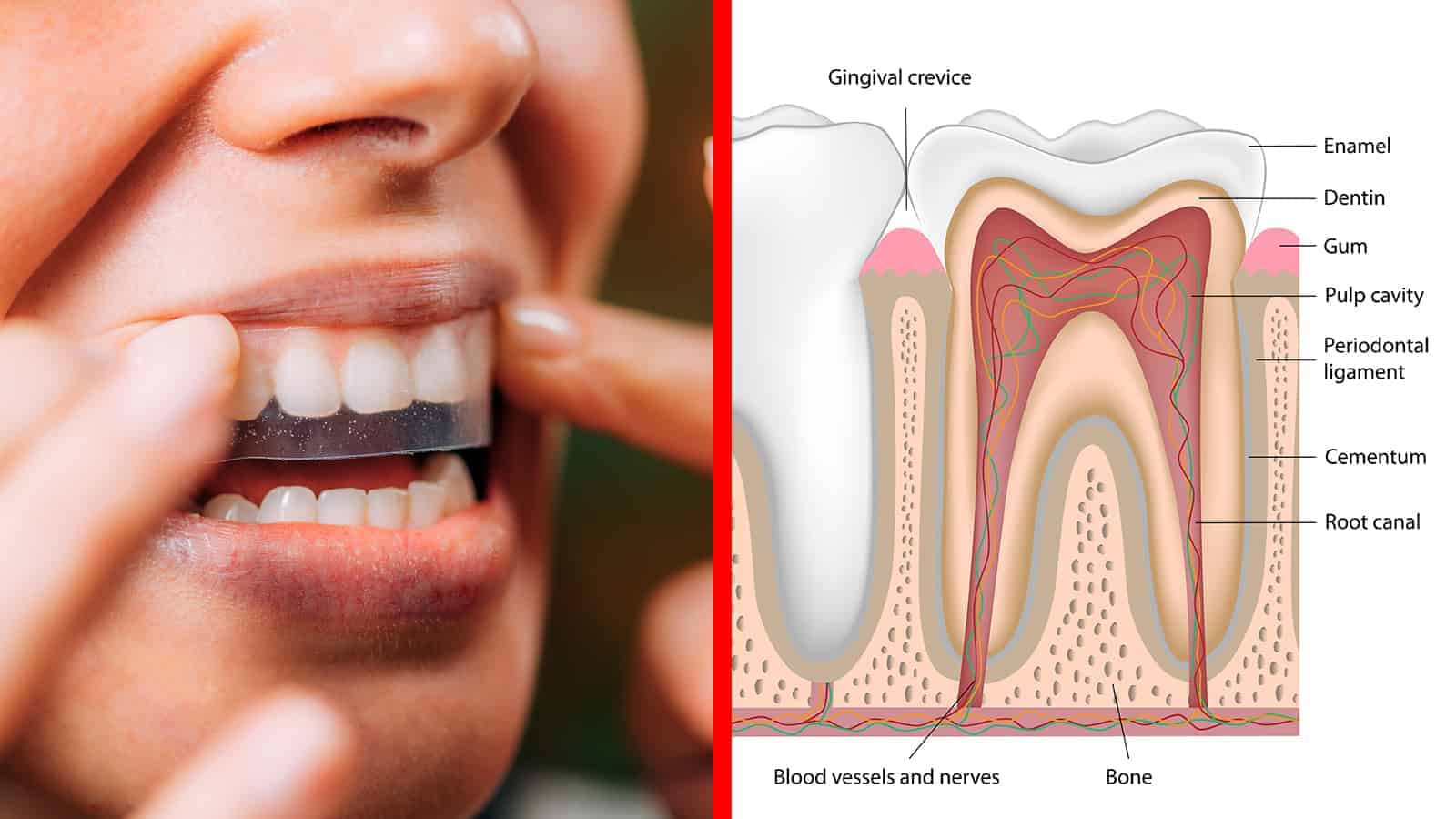Women are beautiful creatures. If not only in the sense that – by capturing their heart – they can change a man’s life forever (if we don’t screw things up, that is). Think of a woman you love in your life. It doesn’t matter if it’s a sister, mom, aunt, cousin, girlfriend, wife, whatever. Got it. Good. Now answer this:
Why do you love them?
You’ll either be able to explain – with some semblance of logic – why you love them, or you’ll feel a deep sense of yearning and adoration for your loved one. Indeed, love is a feeling that is tough to describe.
As mentioned prior, women are beautiful and lovely creatures. But that doesn’t necessarily mean that they’re easy to understand. In fact, they can be downright cryptic in their communication; this is particularly the case from a man’s perspective (we’d need another 2000 words even to attempt to explain this conundrum).
This article attempts to plainly explain signs that a woman is yours for the taking. Romantically oblivious people everywhere, take heart.
Here are 7 relatively straightforward signs that she’s the right one:
“The highest prize in a world of men is the most beautiful woman available on your arm and living there in her heart loyal to you.” – Norman Mailer
1. She “oozes” sweetness
Are there good, tough women out there? Absolutely. Toughness and sweetness and not mutually exclusive, of course.
When a woman loves you, she doesn’t hesitate to express her love. She’ll hold your hand, hug you, kiss your cheek, and display her affection for you and the world to see.
Another good sign is when she’s sweet to other (deserving!) people around you. It doesn’t matter if it’s your mother or a distant cousin; she’s seemingly always kind.
2. She (easily) makes you smile
How many of us have seen that solemn couple in the restaurant who don’t say a word? Special circumstances aside, this is a manifestation of contentment at best, and unhappiness at worst.
A woman who makes you constantly smile and laugh is a keeper. A mutual connection almost assuredly exists that does not surface very often. Do yourself a favor and take advantage of it.
A woman who shares a mutual sense of humor? Give her some bonus points.
3. You want to be by her side
Have you ever been in a relationship when being with one another felt like a chore? If so, that’s completely okay, and many of us have been there.
But a woman so alluring that you want to be with her whenever possible is a real find. Date nights are what you look forward to the most, as you’ll both revel in each other’s company.
This is a highly positive sign.
4. She compliments you
You may be in some ratty sweatpants with pink eye, and she’ll still reveal things that she loves about you. Not making enough money at your job? She’ll compliment your hard work regardless.
Despite the circumstances, she doesn’t shy away from showing her adoration.
5. She “goes out of her way.”
Partners that ultimately end up falling for each other are often those who understand and anticipate sacrifice.
It doesn’t matter if it is 3 AM and you’re stricken with food poisoning. It doesn’t matter if your car broke down and she needs to drive an hour to pick you up. She also does the “little things” that indicate her love for you.
Women that go out of their way are selfless; women who are selfless are almost always great partners, wives, and mothers.
6. She’s low-maintenance
Oh, how much of a gift a low-maintenance woman is. When you don’t have to worry about walking through a mall and pulling out a credit card, it’s a joyous occasion.
Low-maintenance women also tend to be self-reliant and responsible; they do not look for a man to assume responsibilities that are beyond reason.
Do yourself a favor, though, and “reward” her selflessness by surprising her with something special from time to time.

7. She’s trustworthy
While this last piece is somewhat obvious, it is nonetheless the most important.
At the risk of sounding cliché, trust is the foundation of any meaningful intimate relationship. If she’s never given you a reason not to trust her, count your blessings.
Chances are you’ll never have to contemplate any underlying motives because they’re (likely) aren’t any. When she confides in you – and tells you everything she thinks you need to know, but perhaps don’t – this is a woman with a heart of gold.
Oh, and one last thing…we love you, women everywhere!









